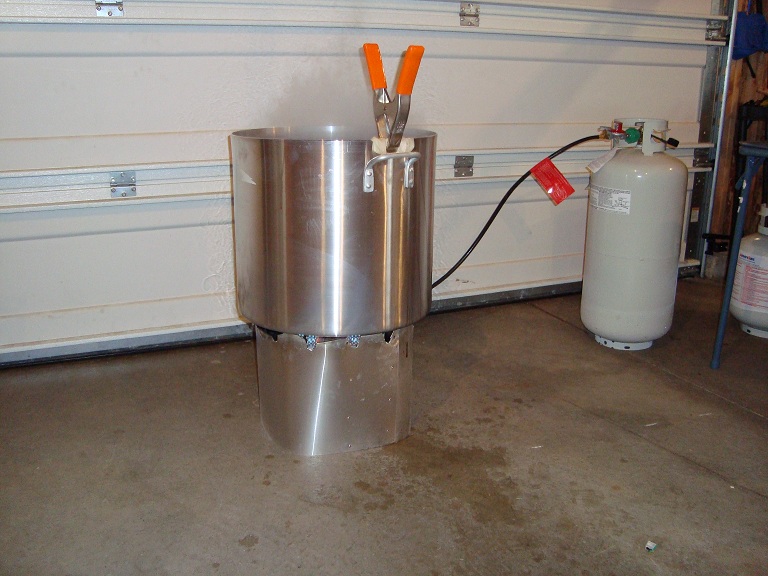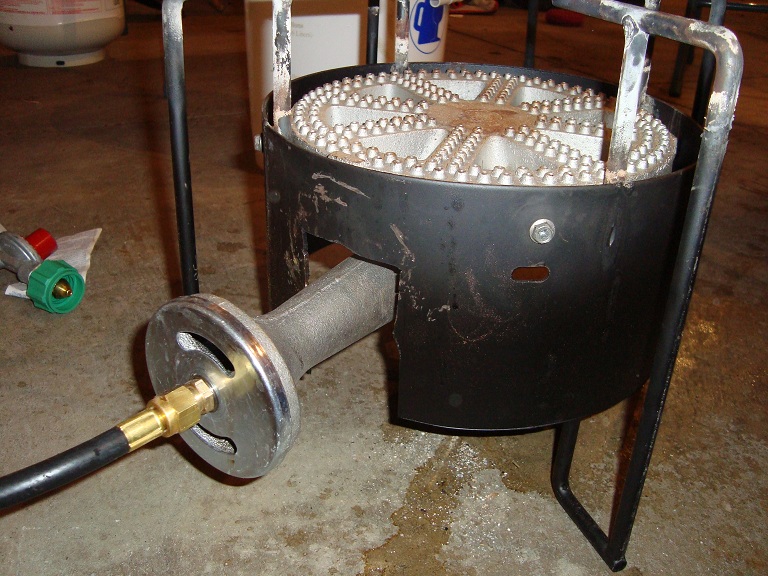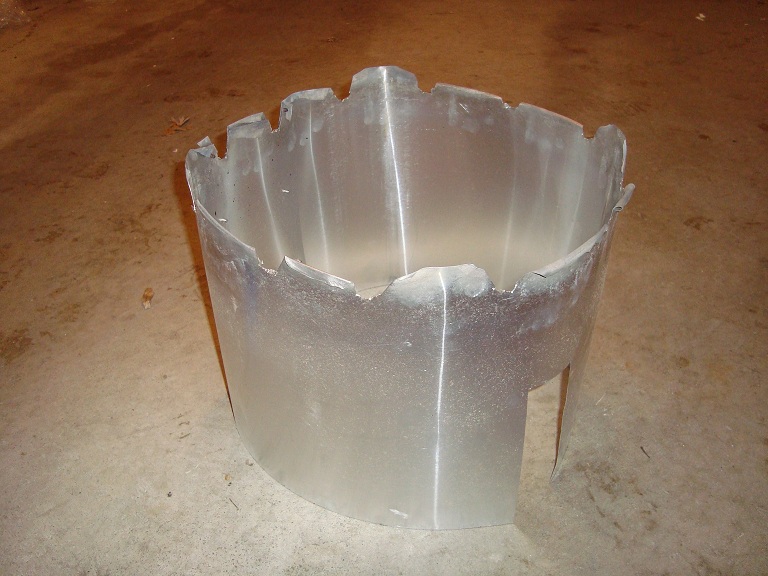coldrice
Well-Known Member
- Joined
- Oct 17, 2008
- Messages
- 188
- Reaction score
- 1
Out of my first tank I only got 1.5 batches of beer. During the second one I had to move my pot inside. I got a new tank and brewed again last week. Only 6 gallons of wort took 90 minutes to boil, i could barely maintain the boil (as usual) and the tank petered out just as I was finishing...it was 65F outside! WTF! Why am I the only person with these problems? What is going on here? Everyone seems to love the Banjo Burner but me!




